This week has been the predicted window for coral spawning for Acropora corals in the Caribbean. Our network members have been going out to monitor their restoration sites and record their findings.
Below you can find the answers to some of the most common questions people have about spawning…
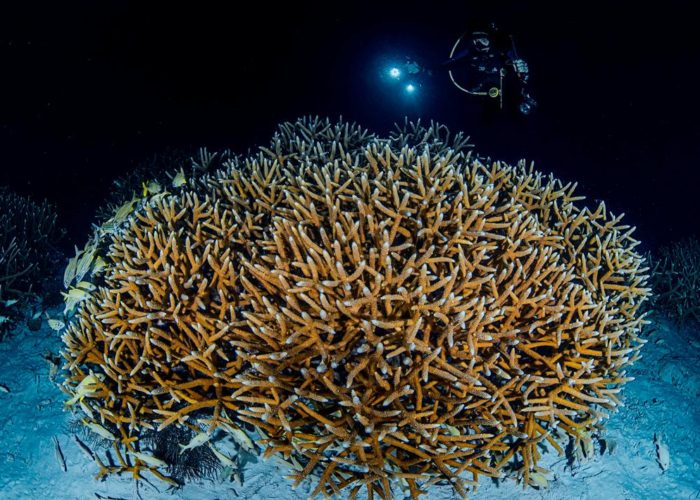
What is coral spawning?
Coral spawning is an annual natural event where corals species synchronize the release of their sperm and eggs into the water column, in the hope of sexually reproducing. Once released, these sperm and eggs float to the surface of the ocean where they can mix, fertilize and develop into new genetically diverse coral larvae.
Two of the main species that Reef Renewal Network Members work with are Acropora corals: Staghorn and Elkhorn. These both spawn every year after the late full moon in August.
What is actually happening?
Before a mass spawning event starts, a process called “setting” occurs, where the coral polyps bring egg/sperm bundles to the tips of their mouths and hold them there until the colony is ready to release.
When they’re ready, polyps begin to release their bundles at the same time into the water column. These bundles float up to the surface of the ocean and begin to break apart, allowing sperm and eggs from different colonies to mix and fertilize, producing new genetically diverse coral genotypes.
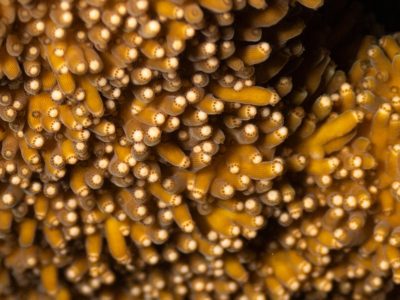
How is coral spawning synchronized?
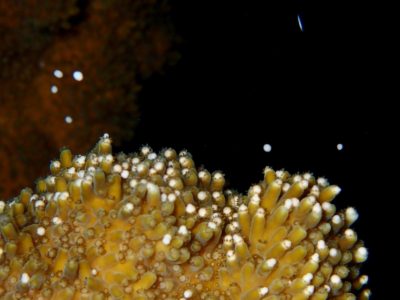
The timing of a mass spawning event is determined by environmental factors such as sea temperature, lunar cycle and time of sunset. Each coral species will have its own synchronized environmental cues that allow them to spawn within minutes of each other.
Decades of data have been collected on coral spawning by scientists to narrow down the prediction window for when these events occur. However, our network members still need to go diving multiple evenings in the lead-up to these events to ensure they don’t miss it.
Why should we care about spawning?
Reaching sexual maturity and spawning is a big indicator that a coral colony is healthy and thriving. Spawning is an incredibly energetically demanding process and if corals are going through this, it implies that they’re suited to their current environmental conditions.
For restoration practitioners, coral spawning is a great sign that the corals that are being outplanted are doing well and that their work is helping support sustainable natural reef cycles to occur.
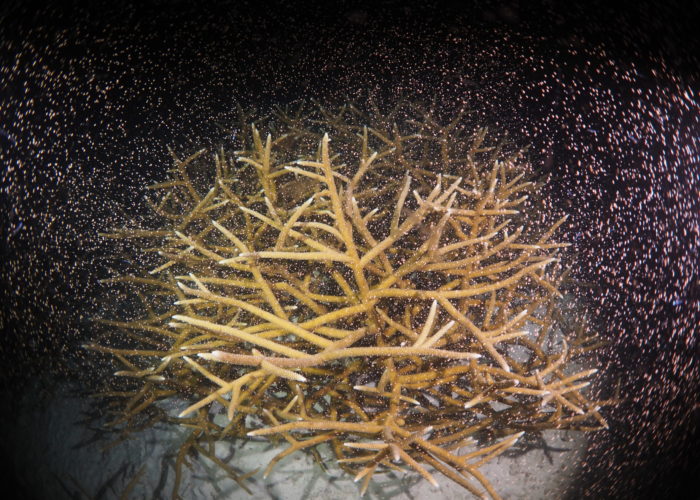

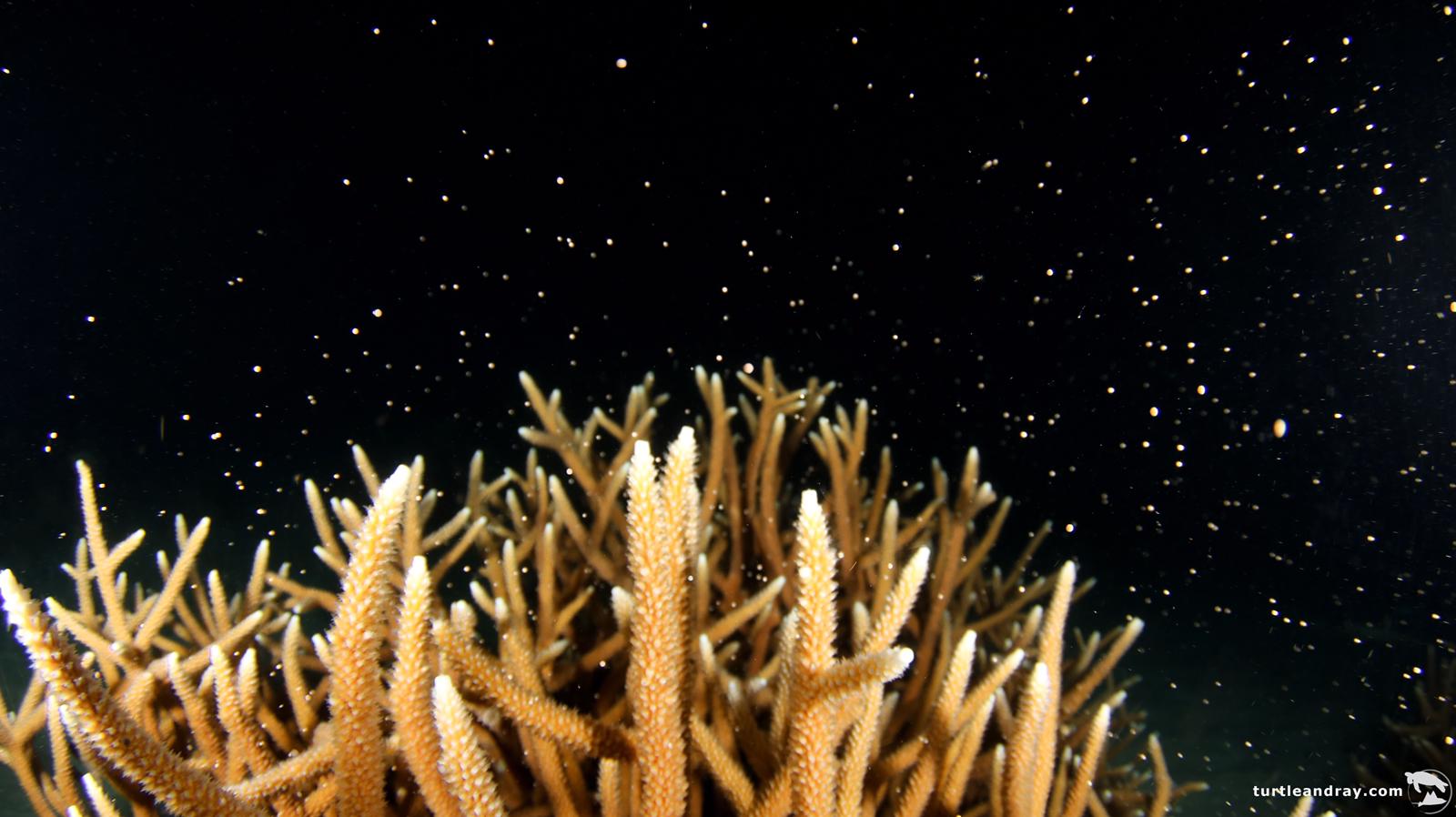


1 thought on “Coral spawning – what’s all the excitement about?”
Comments are closed.